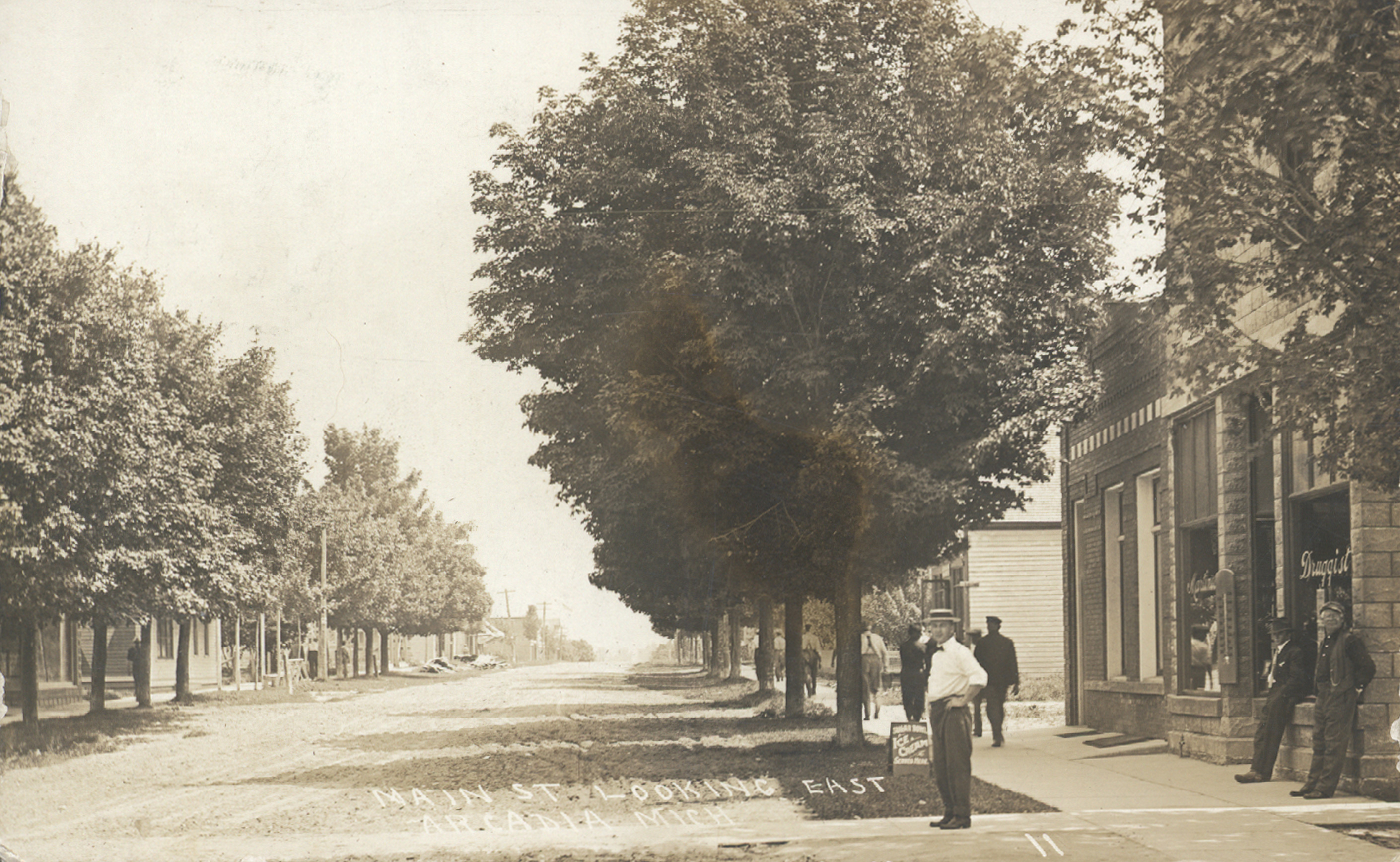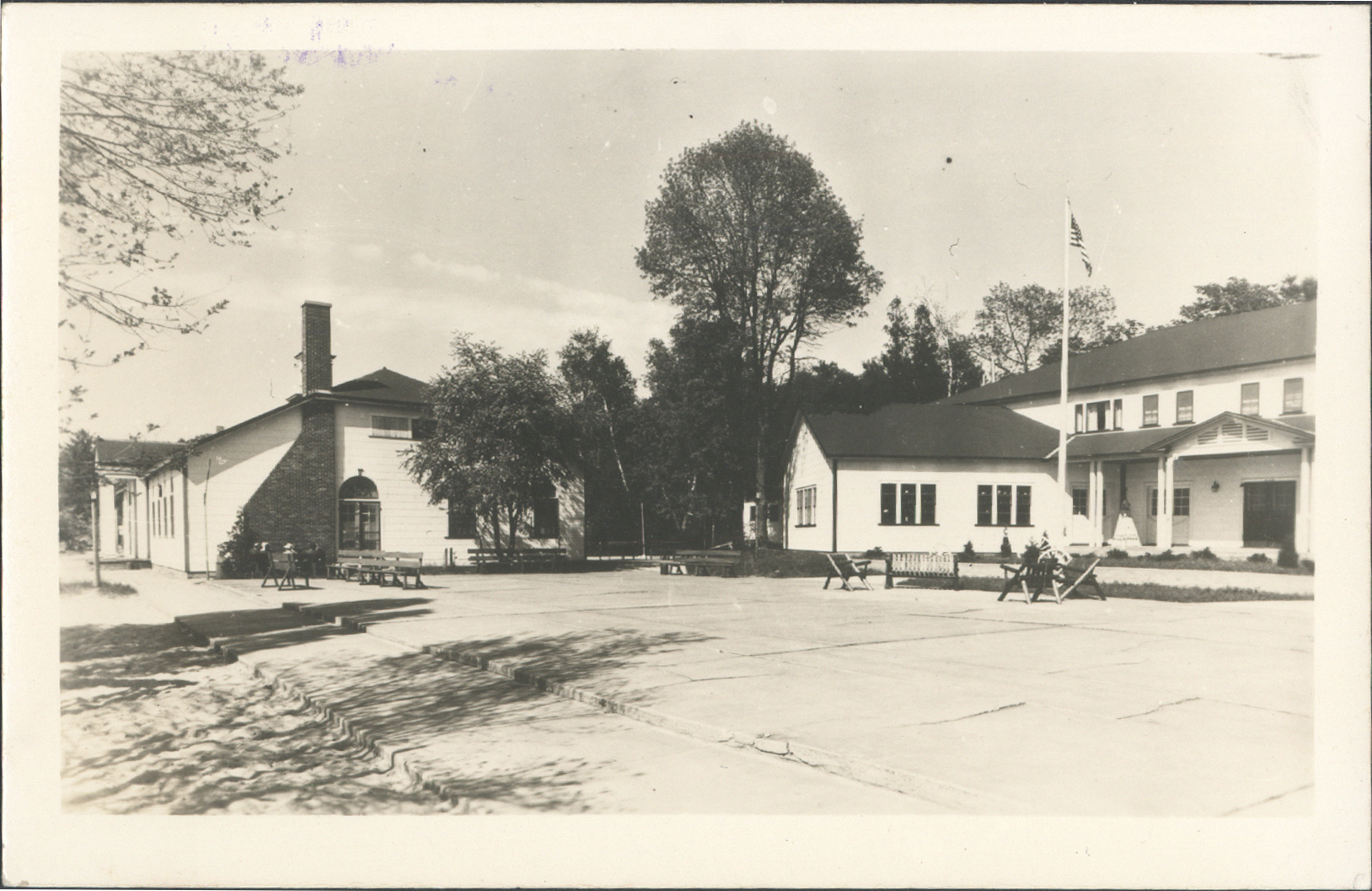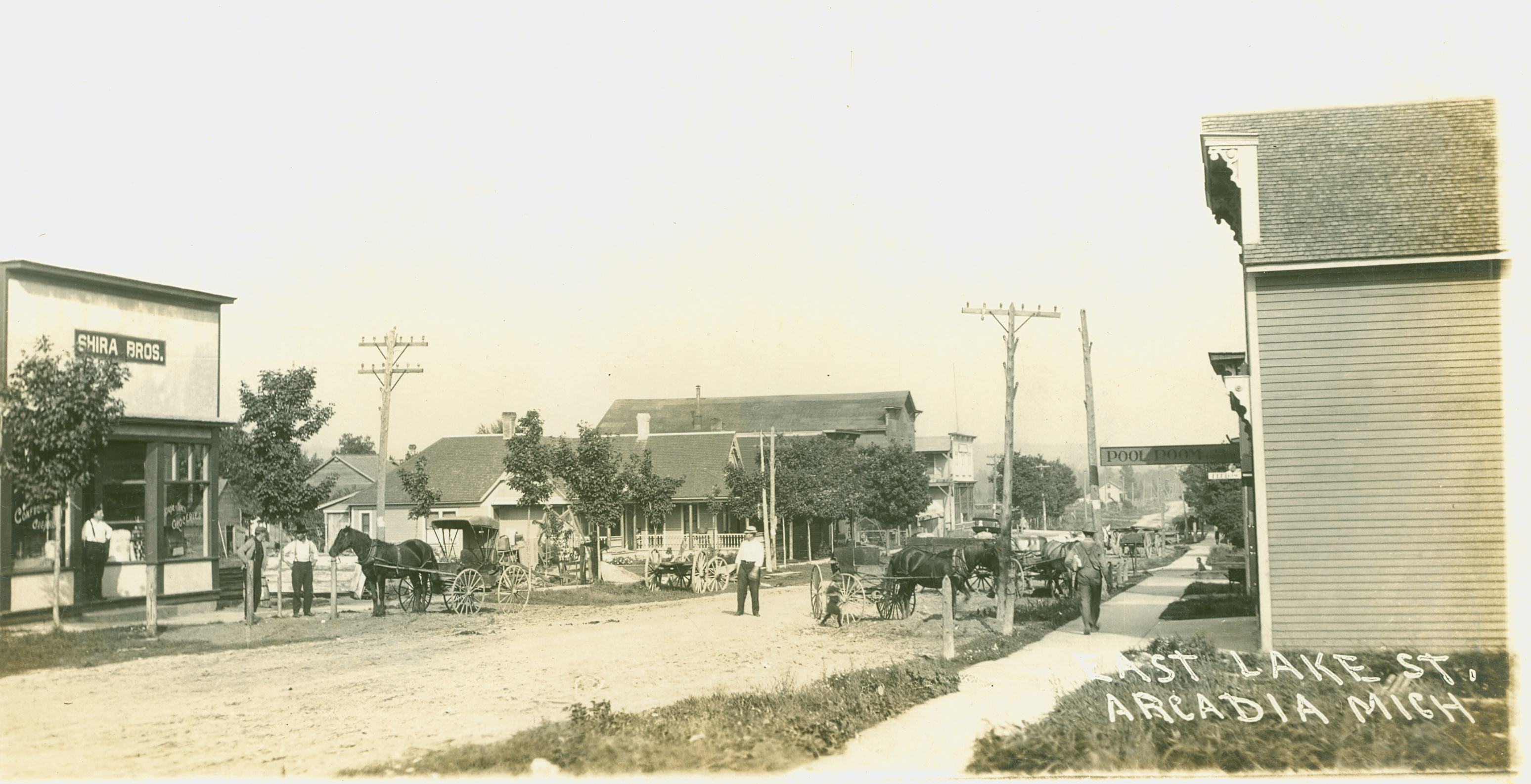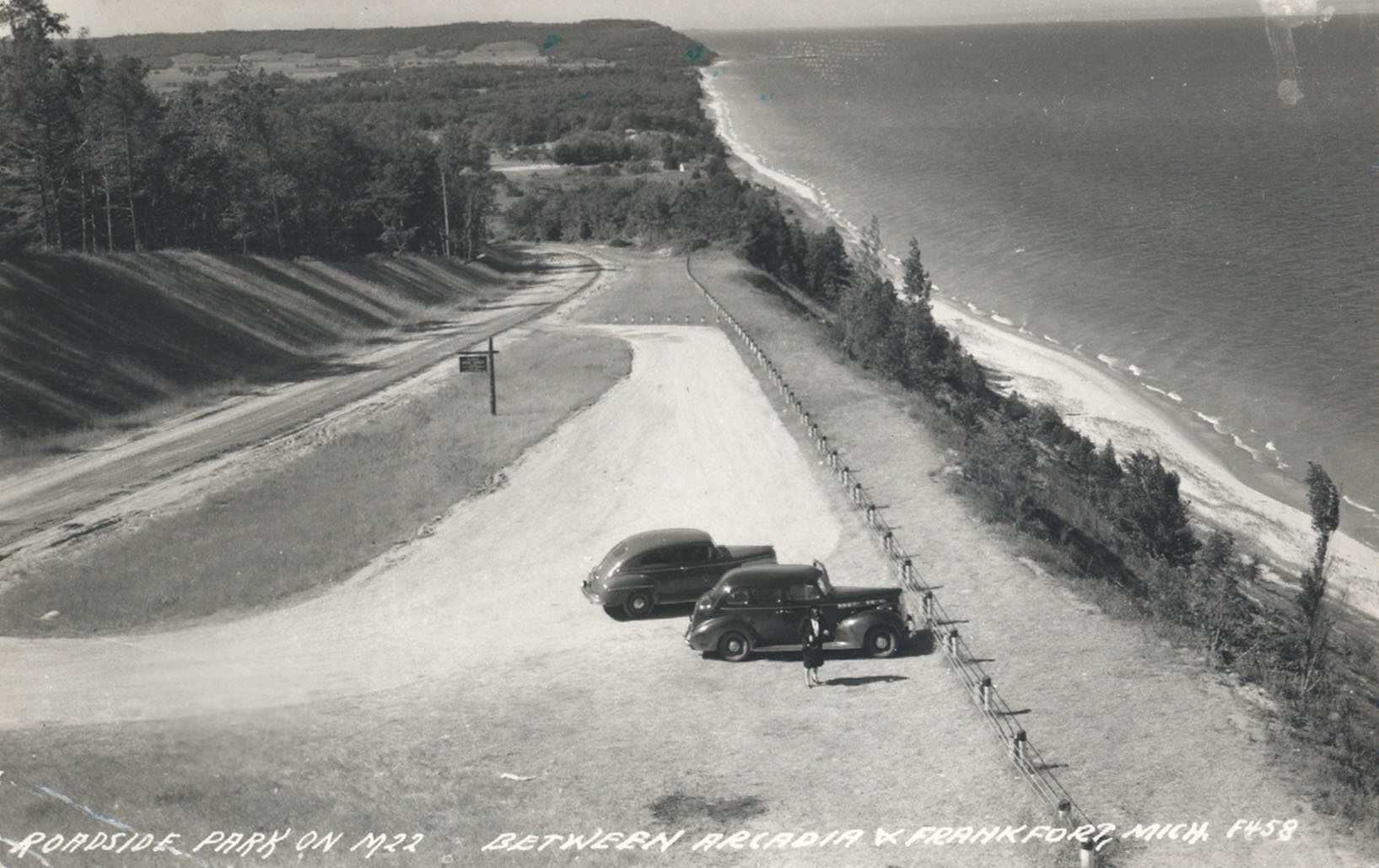The Village of Arcadia...
Like so many Lake Michigan shoreline communities, the Village of Arcadia is largely the result of the lumbering era. Ottawa and likely Chippewa Indians inhabited the land prior to white inhabitants arriving in the mid-19th century. The town was organized and named Arcadia in 1870. Prosperity took hold in 1881 when boat-builder Henry Starke of Milwaukee, after having purchased 2,000 acres of land, put in a 130-foot pier and began a settlement that was often referred to as Starkeville. The chief means of employment was the Starke sawmill. A channel was dredged through the sand bar that separated Lake Michigan from Bar Lake, which provided safe harbor for the logging operation. In 1893, according to the Arcadia Historical Society, Starke incorporated all his property as the Henry Starke Land and Lumber Company.
The sawmill burned in 1906 and shortly after Henry Starke’s son, Charles, decided to replace the sawmill with the Arcadia Furniture Company, which largely produced bedroom furniture that sold in finer stores like Macy’s and around the world for about 20 dollars for a three-piece set.
The coastal region of Arcadia is the resting place of 14 documented shipwrecks, the most notable being the 200-foot schooner named the Minnehaha. With a cargo of 58,000 bushels of corn, the four-masted ship was in retreat from gale force winds encountered near Frankfort. The Minnehaha ran aground about a quarter mile offshore from Arcadia. Captain William Packer managed to swim to shore but the storm claimed six causalities. Part of the Minnehaha’s hull lies on the beach at the Walther League Camp.
Today the Village of Arcadia is home to a little over 600 residents. The Arcadia Area Historical Museum is located in the 1884 Victorian home of Howard E. Gilbert with limited hours of operation during the summer.



